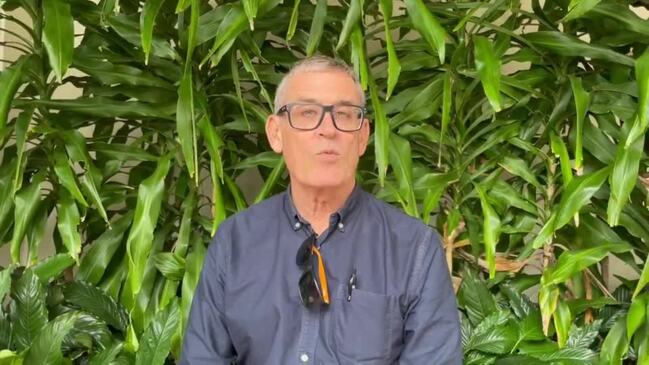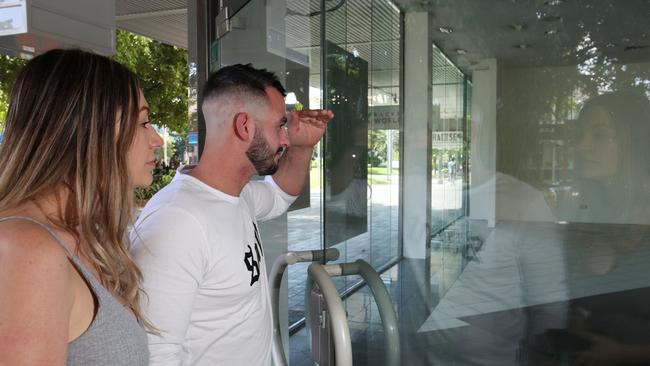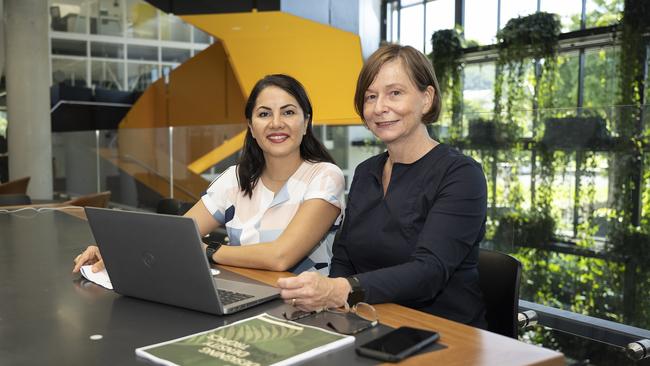Cairns real estate: Template subdivisions could become run-down estates
An urban design expert has warned how Cairns’ “template estates” could end up as ghettos in the future as the council sheds light on a developing planning strategy to tackle the population boom.

Cairns
Don't miss out on the headlines from Cairns. Followed categories will be added to My News.
FASHIONABLE and contemporary Cairns CBD residential dwellings are something the city’s leaders can only aspire for as a leading commercial real estate agent and council figures pour cold water on the initiative.
Asked if there was a radical or immediate solution to the housing shortage, Cairns real estate agent Tom Quaid said the one suggestion “floating around” was repurposing the CBD’s empty commercial spaces into units.
Division 5 Cairns councillor Amy Eden praised the idea and said it would create a thriving “heart of the town,” bringing vibrancy and colour into the CBD, while giving residents a “trendy” and convenient lifestyle.
In fact, Cairns Regional Council in 2020 recognised the opportunity and made amendments to its planning scheme to push the idea, including waiving and discounting council charges.

However, to date, the local government “has not been formally approached with a view to converting unused commercial spaces in the city to residential dwellings.”
Knight Frank Cairns partner and commercial sales agent Greg Wood said one of the likely reasons no shops or offices had been converted were due to the high costs in materials and labour to meet residential living standards.
Asked if the city currently had any vacant commercial spaces that he would deem worthy of repurposing, he said “none”.
It takes the city back to square one, and Mr Quaid’s message that a population growth would cause initial pain for long-term gain becomes an important note for the town’s planning heads.

James Cook University’s tropical urbanism and design lab professor Lisa Law said “we need to make sure we are not superimposing planning and development policies from the capital cities for a place like Cairns.”
“We could end up with urban sprawl and traffic which eats up our farmland, impinges on our world heritage rainforests, and takes away from the tropical lifestyle of Cairns.”
She during this phase of population growth was a good time to experiment with different types of housing including medium density, including three-storey buildings, because it was something southern migrants would already be used to.
“They are also more adapted to using public transit — something that is more achievable with higher densities and larger populations.”
Professor Law said she wasn’t a fan of the “master-planned and templated” sub divisions that were occurring throughout the city.
“These will be the ghettos of the future,” he said.

She said Cairns needed to move away from estates where houses were packed together, hard to maintain, built from cheap materials and had minimal trees, because in the long-run, they attracted low socio-economic demographics.
The council’s director of planning, growth and sustainability Ed Johnson who was in charge of progressing the Cairns 2050 Growth Strategy shed some light on his findings to date.
“Council expects that a significant amount of the city’s future growth is expected to be accommodated in higher density, infill development within existing urban areas,” he said.

“While dual occupancies and small-scale subdivisions are a key part of council’s housing strategy, they will not solve the city’s housing issues alone. Other forms of development will be required, which may include apartments, townhouses, land lease communities, accessible housing, build to rent and multi-family homes.”
He said it “will also require support from state and federal government through the supply of social housing and packages to make housing more affordable”.
More Coverage
Originally published as Cairns real estate: Template subdivisions could become run-down estates




